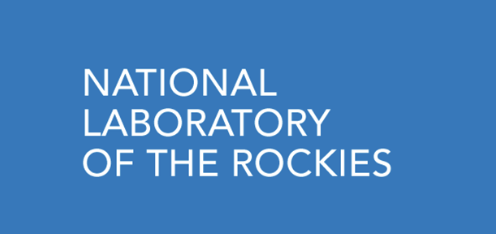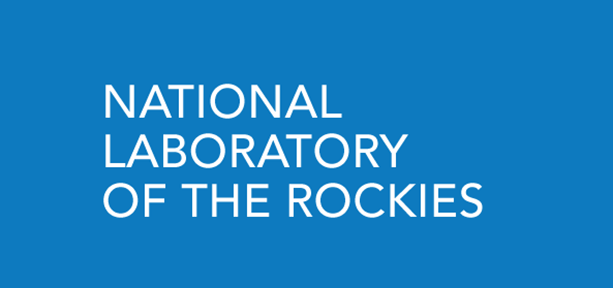Algae Farm Model

Abstract:
This model pathway focuses on process and TEA modeling for the production of algal biomass. The model reflects a hypothetical commercial-scale algae farm, inclusive of operations for cultivation, harvest/dewatering, inoculation, circulation, and storage (downstream conversion to fuels or products is outside the scope of this model). TEA modeling is conducted primarily to: (a) highlight key process/research needs and drivers required to achieve future minimum biomass selling price (MBSP) goals under mature “nth-plant” model projections, and (b) to help prioritize and track research progress under Algae Platform efforts relative to those goals. TEA modeling has been conducted reflecting various phototrophic cultivation
systems, including both open ponds and closed photobioreactors (PBRs). In 2016, NREL published a design report documenting the process, TEA details, and resultant MBSP outputs for several example open pond farm designs, accompanied by a published Excel-based TEA modeling tool of the system; subsequently, in 2019 a technical report was published documenting similar details for PBR system designs.
Model/Tool Platform:
Aspen Plus/Excel
General Modeling Type:
Engineering process
Primary analytical purpose:
Techno-economic analysis:
Technical and economic analysis of technologies or systems of technologies.
Secondary analytical purpose:
Feasibility/Implementation assessment:
Assessment of the feasibility or implementation of technologies and feedstocks in terms of operations or in the context of their landscape or market.
Metric categories:
- Environmental:
- Environmental Productivity (feedstock-related, e.g., NPP or yield)
- GHG Emissions
- Water Impacts (quality and/or quantity)
- Socio-economic:
- Net Energy Balance
- Process Productivity (conversion-related, e.g., yield)
- Techno-economic Impact
- Other Socio-economic (e.g., GDP impact, Investment/NPV)
Geospatial resolution:
Regional/Watershed
Temporal resolution:
Months
Laboratory:
NLR - National Laboratory of the Rockies
Principal investigator:
Ryan Davis
Model start year:
2013
Model last updated:
2019
Development status:
Fully Developed with periodic updates
Level of validation/review:
External Peer Review / Publicly Released
Links:
Model scope:
Biomass Supply
Feedstock Logistics
Conversion
Distribution
End Use
- Feedstock Types
- Algae
- Wet Wastes (e.g., wastewater sludge, animal manure, food waste)
- CO2
- Products/Process Outputs
- Other Process Output
1
2
3
4
Analytical Purpose
Supply Chain Elements
Biomass Supply
Feedstock Logistics
Conversion
Distribution
End Use
Information last updated: Sep. 17, 2019 13:45:46 EDT
